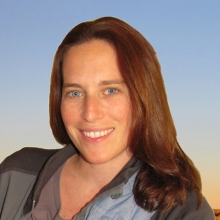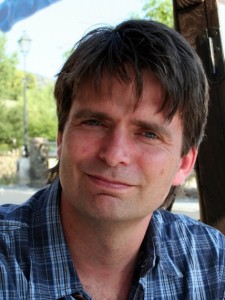A majority of fisheries around the world lack the data and/or capacity to be scientifically assessed and managed. Scientifically assessed fish stocks are in better shape than those that are not, with small-scale, unassessed fisheries in worse shape with declining trends. While most of the assessment and management practices have been developed for large-scale, data-rich fisheries, there are many emerging options available for data and capacity limited fisheries. However, there is a challenge in navigating all of the available options, given their differences in data requirements, outputs, costs, and meeting different objectives. To address this, the SNAP Data-limited Fisheries working group is nearing completion of a Decision Support System (DSS) for data- and capacity-limited fisheries. The DSS is a process oriented approach to selecting the three components of a management strategy: 1) a monitoring plan; 2) assessment of the status of the resource; and 3) management decision rules. The DSS allows users to characterize the unique attributes of their fishery through a series of questions, which narrows down the management strategy options to those most cost-effective and relevant to the fishery.
In this round-table, I will present our progress towards applying this framework for a set of data-limited fisheries in Peru: 1) the Lorna Drum (Sciaena deliciosa) fishery; and 2) the Chita (Anisotremus scapularis) fishery. The project will be presented in the context of the Peruvian case study, but I hope this will stimulate discussion around the broader application of this framework and the use of decision support systems.
– – – – –
Dawn Dougherty
NCEAS Data-limited Fisheries SNAP Working Group


